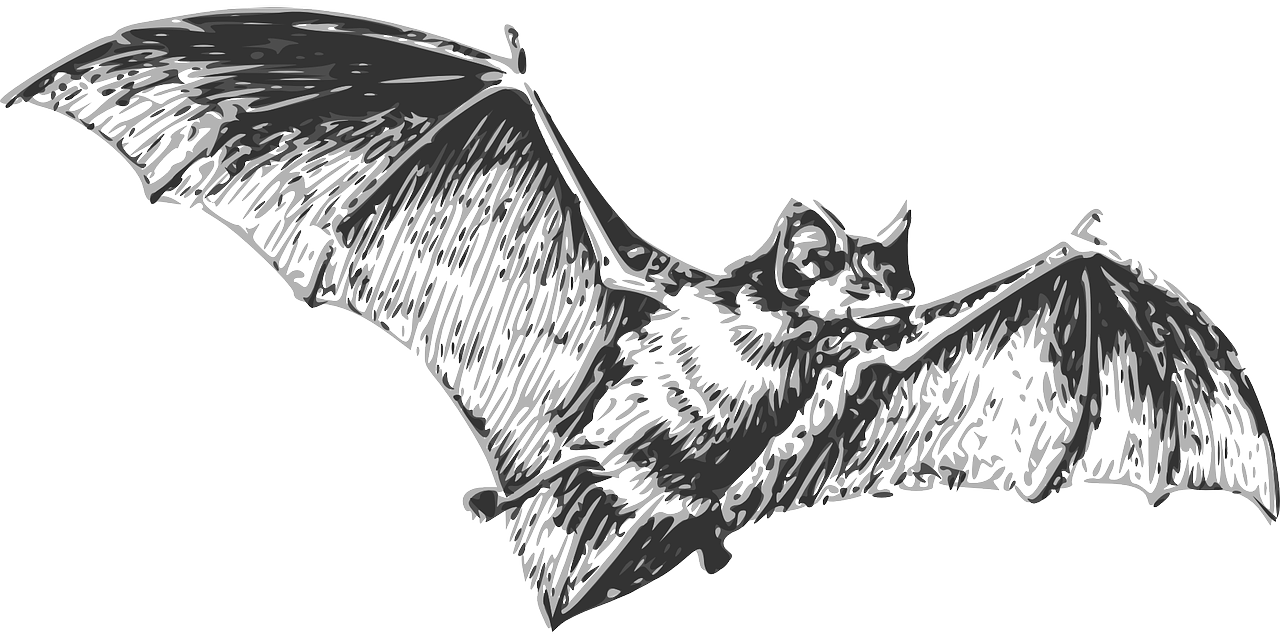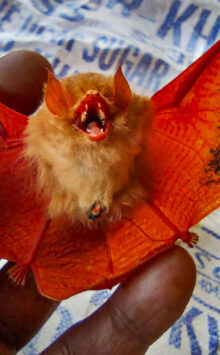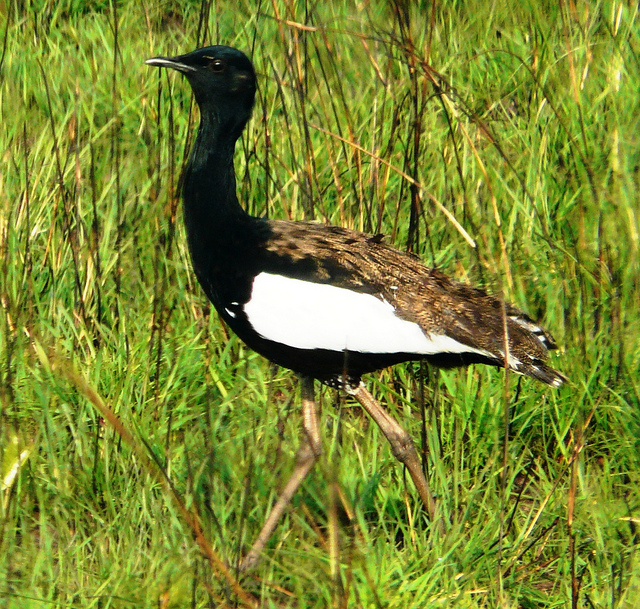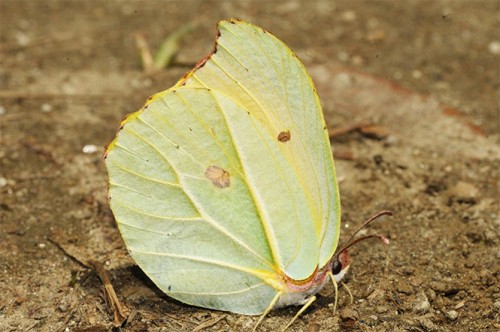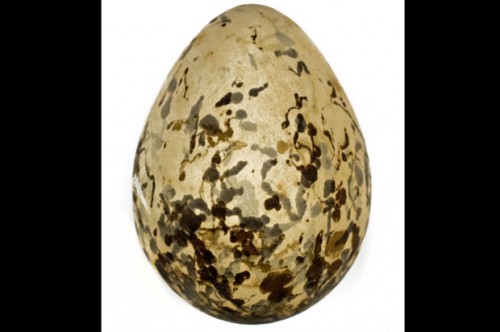A rare orange coloured bat was seen in Chhattisgarh’s Kanger Valley National Park. The bat species is the Painted Woolly Bat/Painted Bat or what is commonly called the ‘Komola-badami Chamchika’ in Bengali because of its bright orange colours. This is the first time the species has been spotted in Chhattisgarh.
Kerivoula picta as it is scientifically known, has been marked as ‘Near Threatened’ by the International Union for Conservation of Nature (IUCN). As per the organisation the species population has declined globally by 25% in the last 15 years.
The orange and black coloured bat is found in southern, northern, and northeastern South Asia, southern China, mainland Southeast Asia and some major islands in insular Southeast Asia. In India it has been seen in Andhra Pradesh, Assam, Goa, Gujarat, Karnataka, Kerala, Maharashtra, Orissa, Rajasthan, Sikkim, Tamil Nadu and West Bengal.
The orange bat was spotted in a nest made in a banana plant at the national park in Chhattisgarh. Although the species is widespread in its range countries, it does not appear to be very common. In India, there are only 3-4 instances in the past when the orange coloured bat was spotted.
Director of Kanger Ghati National Park, Ganveer Dharamsheel told ANI that the forest management has installed cameras in the interior regions of the forest, in order to keep track and record pictures and videos of unique species of wildlife. This helped them spot many shy species such as the Indian Wolf recently. The Wolf too is a threatened species and has been listed as a Schedule I species in the Wildlife Protection Act (WPA), 1972 due to its extremely low numbers.
Previously, Blind fish, Common hill myna, crocodile, long-moustache cave crickets, and rare species of Otter were also found in the Kanger Ghati National Park.
The park director says they are speaking to experts to understand the kind of habitat and feeding habits of the bat species so that they can ensure its survival in the reserve.
Read: Bharagavi’s Quest For The Lost Bats Of India
According to the IUCN the bat species has been recorded in,
- Dry deciduous forests,
- Dry dipterocarp forest,
- Small woodland patches,
- Floodplain
- Various agriculture lands such as paddy field, sugarcane field, orchard and mixed plantation
- Dried leaves of banana, dry grass and sugarcane
- Occasionally in green leaves of banana and broadleaf trees, flower
The IUCN also informs that the bat mostly roosts at a height between 1-1.5 m from the ground. It frequently switches roost sites at short distances (<800 m) every to four days. It forms a small family of three bats (one adult male, one adult female, and one young) from February to September, but remain singly and in pairs in November and December.
The bat mainly feeds on small web spiders. They are apparently active during the day and are relatively sluggish when disturbed.





